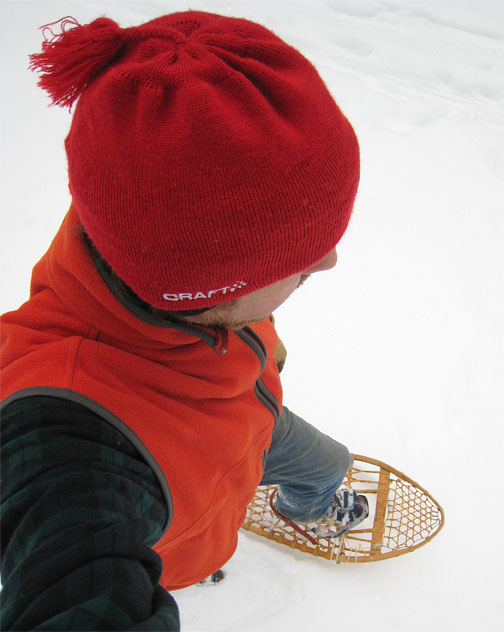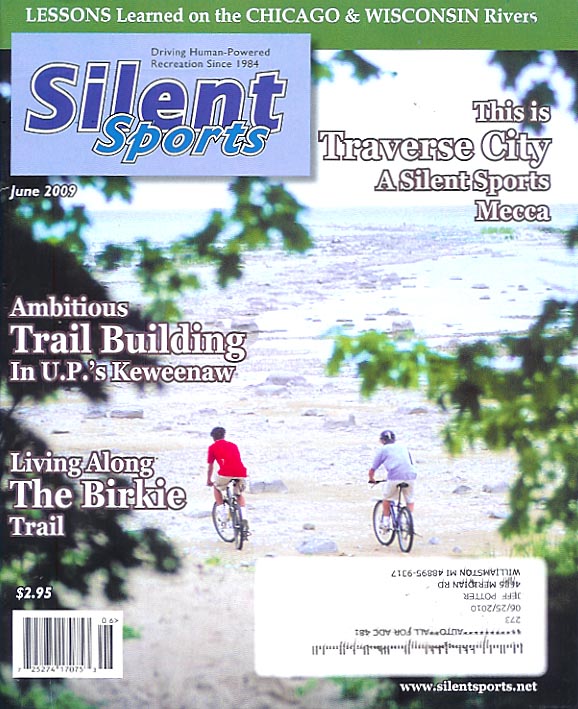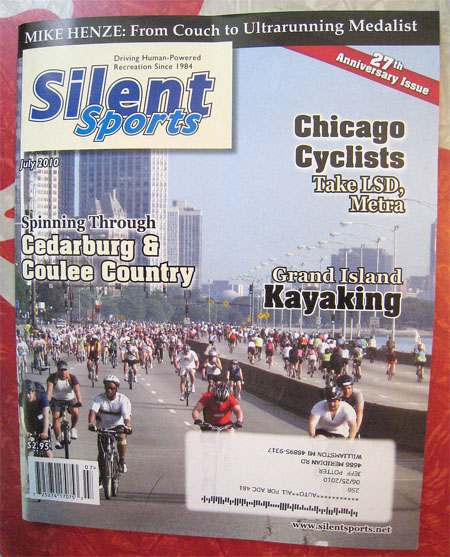More Photos Below!Gallery
Today I compared several types of snowshoes.
There’s a foot of fluffy snow on the ground plus a half inch of crust on top in the sunny areas.
I borrowed a set of extra-large Tubbs modern snowshoes, meant to support someone up to 250 lbs, and tried em out in a variety of areas. They are light and give good traction but you rise up high on the swivel bar when going on a packed trail. And in the deep stuff you sink right down. No flotation. Ugh.
Then I tried my old tried’n’true wood shoes of the Michigan type. They sank half as far. They floated great. They trod closer to the ground on a packed trail. I suppose they wouldn’t give traction on ice. For what that’s worth.
Then I tried a pair of Trak Bushwackers. They floated as good as the Tubbs but let me glide on any trail and on any downslope in the open. Pretty fun but not nearly as stable as the Tubbs—they could sideslip on a packed surface if you didn’t watch it. Pretty cool, though.
All in all, each type has its use, but I’d say that a long Alaskan type of wood snowshoe would be THE BEST for deep snow. Period.
The idea behind shoeing is to give a walking on water feeling. The oldstyle shoes can do this.
The new shoes seem more suited for pre-shoed trails or icy sideslopes.
Too bad the new shoes are outselling the woodies 100 to 1. Since most shoe fun would be more suited to woodies.
Sigh.
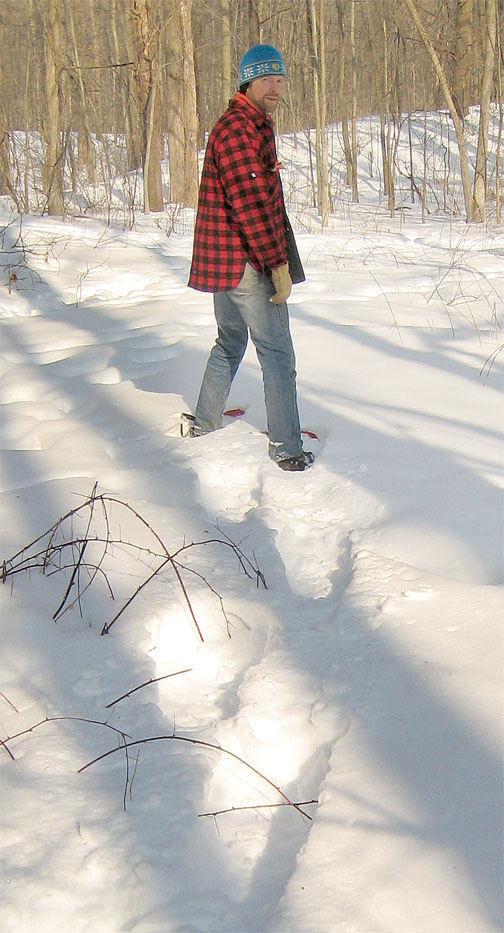
Trompin’ in Tubbs. Light, handy—but they sink twice as far as big, long oldies. And FLOAT is the main thing. So…
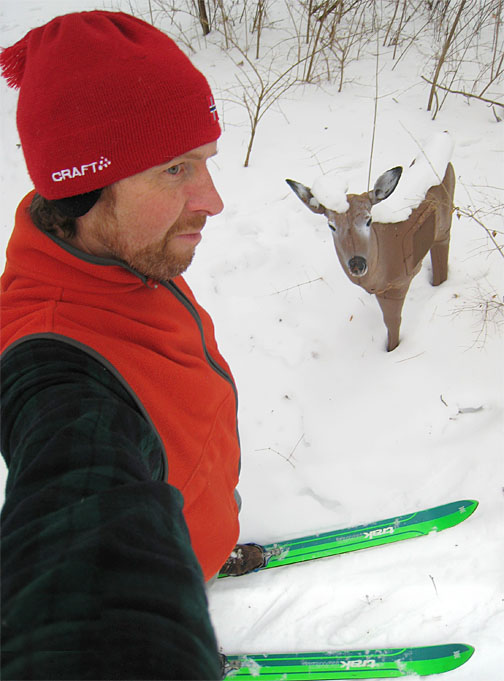
Trak Bushwackers—fair float and decent glide.
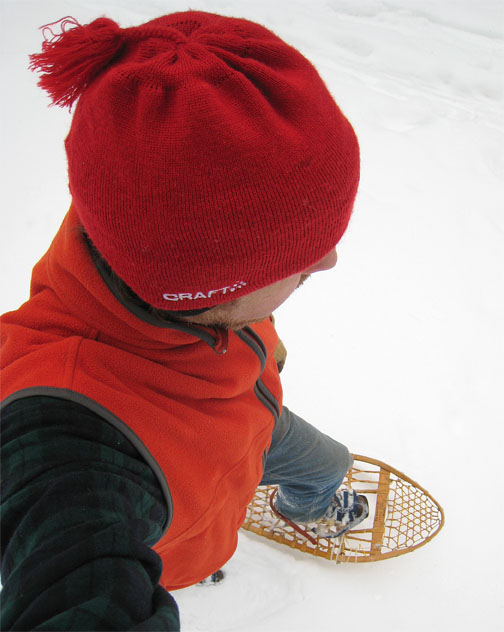
Here’s a real snowshoe. Michigan style. (Candadian brand.)
